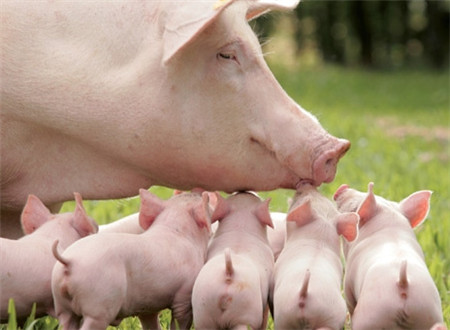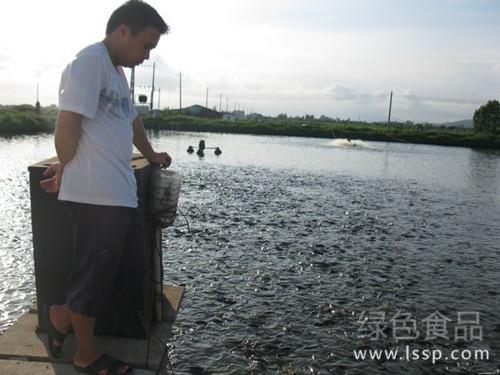Prevention and treatment of dyspepsia and nibbling cattle pica
If cattle often eat hair, lick cinder, wall soil, bricks, rags and other things, it can be regarded as a manifestation of pica. Pica is a syndrome of metabolic disorder and abnormal taste. It is mostly caused by the lack of mineral elements in the body, such as lack of calcium, sodium, iron, cobalt, sulfur and so on. In addition, overcrowded enclosures, poor ventilation and poor lighting, lack of protein, especially some essential amino acids and vitamins, various nutritional disorders, insufficient drinking water or some parasitic diseases are also causes.

Cattle
Clinical symptoms:
Cow pica is characterized by cattle licking foreign bodies that have no nutritional value and should not be eaten, often in winter and early spring. In the early stage of the disease, dyspepsia is accompanied by abnormal taste and abnormal eating symptoms; then licking, swallowing, gnawing on mat soil or forage contaminated by feces, licking troughs and walls, eating coat, cinder, wall soil, bricks, rags and other foreign bodies. Diseased cattle are initially more sensitive and prone to panic, and then slow to respond; their skin is dry, elastic, rough and shabby, and gradually emaciated and anemic.
Pica is mostly chronic, and the course of the disease varies, some even as long as 1 Mel for 2 years. Although the clinical symptoms are easy to diagnose, it is difficult to determine the cause. We should investigate and analyze comprehensively from the aspects of feeding management, feed and other aspects to find out the cause in order to effectively prevent and cure it.
Prevention and control methods:
To prevent this disease, we should first strengthen feeding and management, give full-price feed, and pay special attention to the content and proportion of protein, vitamins and minerals; at the same time, we should provide adequate drinking water, keep ventilation and lighting in the house reasonable, and do a good job in environmental hygiene. regularly dispel internal and external parasites and reduce the occurrence of stress reactions. Treatment, medication for symptoms. If cobalt is deficient, you can take cobalt chloride internally, 20ml 40mg per cow, once a day. In addition, feeding more grass and hay in winter and spring, replenishing high-vitamin feed such as grain malt, malt and yeast, and ensuring the effective supply of tryptophan in diet are effective in preventing the disease.
It should be noted that the most common extracorporeal parasite of cattle is bovine lice, which is caused by bovine blood lice, bovine jaw lice and bovine hair lice parasitic on the surface of cattle. All kinds of lice have host and site specificity. Cattle lice are often parasitic on the back, neck, shoulder and tail of cattle. When the number is large, it is distributed all over the body. Factors such as intensive feeding, poor hygiene in barns and cattle, high humidity and hair changing in autumn and winter are beneficial to the growth and reproduction of cattle lice and promote its transmission and infection. At the time of onset, the diseased cattle showed restlessness, and food intake and rest were affected. Due to itching, cattle often lick the affected part, which can cause hair-eating addiction, which forms hair balls in the stomach for a long time, affecting appetite and digestion, and infecting other serious diseases. Lice infection is serious, itching is severe, and the affected cattle show restlessness, friction, and affect feeding and rest.
Treatment:
1, 0.5% Rene 1% trichlorfon aqueous solution, spray the cow.
2. Sulfur powder is spread directly to the cattle.
3. Ivermectin is 200 micrograms per kilogram of body weight, mixed into 1% solution and injected subcutaneously.
Prevention: strengthen feeding management, environmental disinfection, cattle cleaning and other work. Regular inspection, timely isolation and treatment of diseased cattle suffering from cow lice. Newly introduced cattle should be quarantined and quarantined first.
- Prev

The sow is due 7 days too late? The veterinarian taught you how to avoid the death of piglets!
The sow is due 7 days too late? The veterinarian taught you how to avoid the death of piglets!
- Next

How to save feed when raising tilapia with too much feed and worsening water
How to save feed when raising tilapia with too much feed and worsening water
Related
- On the eggshell is a badge full of pride. British Poultry Egg Market and Consumer observation
- British study: 72% of Britons are willing to buy native eggs raised by insects
- Guidelines for friendly egg production revised the increase of space in chicken sheds can not be forced to change feathers and lay eggs.
- Risk of delay in customs clearance Australia suspends lobster exports to China
- Pig semen-the Vector of virus Transmission (4)
- Pig semen-the Vector of virus Transmission (3)
- Five common causes of difficult control of classical swine fever in clinic and their countermeasures
- Foot-and-mouth disease is the most effective way to prevent it!
- PED is the number one killer of piglets and has to be guarded against in autumn and winter.
- What is "yellow fat pig"? Have you ever heard the pig collector talk about "yellow fat pig"?

